Lara Croft is no stranger in the world of mythology. The entire world of Ms. Croft is steeped in myths and lore, making each and every game unique and exciting. You can explore many myths first hand and learn something at the same time! Some parts of Tomb Raider mythology are exclusive to the game and story, but others are inspired by some of our favorites.
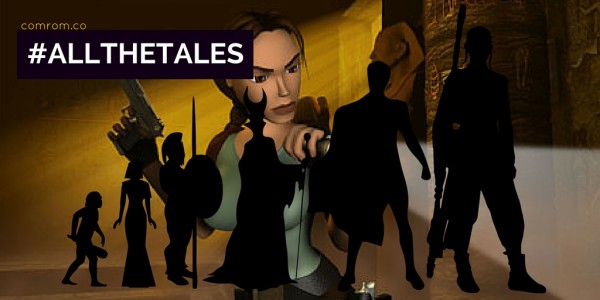
What are these myths? Can you tell fact from fiction? Lydia and Larissa team up to tell you a few!
This segment is focusing on the games developed by Core Design. This is Tomb Raider – Angel of Darkness.
(As a warning: There might be spoilers for all games.)
Tomb Raider Mythology: The Core Design Years

Tomb Raider (1996)/Tomb Raider: Anniversary – Atlantis/Greek Mythos
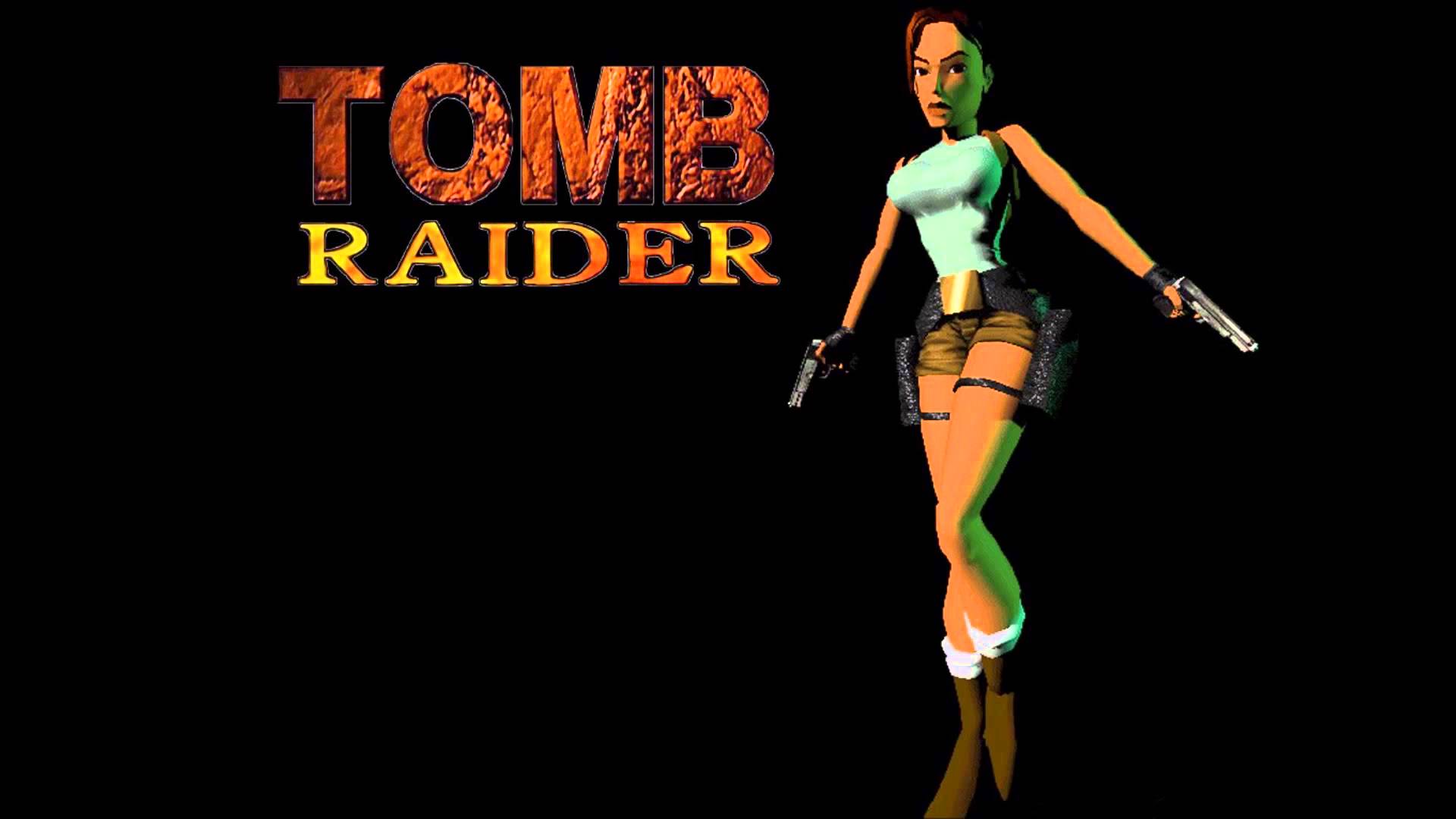 I’ve combined the original Tomb Raider with Anniversary because the anniversary game was simply a revamp of the original. It was a great way to remember the awesome game that started an incredible franchise and they stuck with the Ancient Greek themes throughout.
I’ve combined the original Tomb Raider with Anniversary because the anniversary game was simply a revamp of the original. It was a great way to remember the awesome game that started an incredible franchise and they stuck with the Ancient Greek themes throughout.
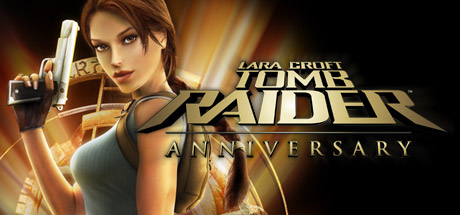
The strongest myth in Tomb Raider 96 and Anniversary is that of Atlantis. Lara is trying to find the lost city in order to stop any terrible deeds from happening. Let’s take a look into Atlantis. We all know about it or have at least heard it mentioned at some point. People are beyond fascinated with the lost city and Tomb Raider mythology is just one of many fascinated parties.
Atlantis was used as a cautionary tale for Greeks as the island falls out of favor with the gods, plunging into the Atlantic Ocean. In Plato’s tales, Athens was a utopic state and Atlantis had a huge naval fleet with plans to attack Athens. The funny thing is, Atlantis is only a small part of Plato’s vast contribution, but it is what people throughout the years have attached too.
From then on, Atlantis became a fixation and fascination within literature, often becoming the one true Utopia until something catastrophic happens. This is the angle Tomb Raider takes, and we learn that Atlantis’ rulers were pretty awful. Through playing the game you put an end to what is to come, saving the world from the “imaginary” lost city.
Along the way, you encounter a lot of Ancient Greek mythos with a smattering of Ancient Egyptian. There’s even a portion where you have to be careful because the hand of Midas might just turn you to gold.
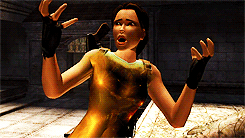
Tomb Raider II – Chinese Dragon
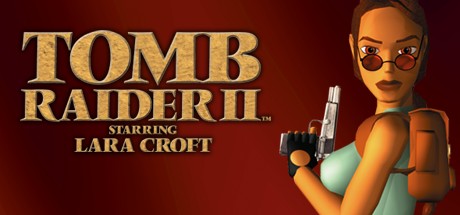
One thing that Tomb Raider is known for is taking a myth and then completely changing it. Sometimes the game series makes its own but mostly it borrows and then creates something “new.” This isn’t too surprising given that the game was originally supposed to star an Indiana Jones-like male character. Instead, we got an Indiana Jones-like female character, which I think is a significant improvement.
Anywho, in Tomb Raider II the big story is finding a dragon and putting an end to it. Lara starts out at the Great Wall of China and ends up traveling all around the world chasing gangs until she learns more about this dragon.
When we arrive at the dragon sequence we don’t see a typical Chinese dragon, though that is what it’s supposed to be. The majority of Chinese dragons aren’t associated with fire, instead, they are associated with water and even the weather. They also bring fortune to people and are viewed with great honor.
Instead, the “Chinese dragon” in Tomb Raider II only LOOKS like one; it is actually more like a European dragon that breathes fire and isn’t anywhere near honorable.
Tomb Raider III – Shiva
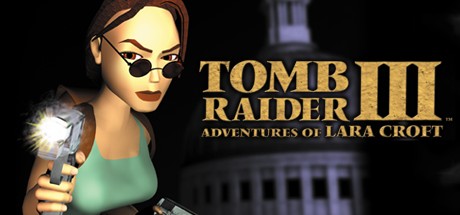
Tomb Raider III is a good example of the game creating their own myth. They borrow from a few but in the end, they create their own story and focus more on a major corporation who is performing experiments on humans, turning them into mutants.
A few of the myths they borrow from though are Shiva, though more likely Bhairava, who attacks Lara while she is on her quest.
Shiva is one of the three major deities within the Hindu religion, and Bhairava is a manifestation of Shiva and usually represents annihilation. If you’ve played Tomb Raider III, you can see how it is most likely Bhairava whom Lara fights instead of Shiva.
The game creates the myth of the Infada Stone and Lara is on her way to find it along with other things like the Eye of Isis. So far, I’ve glanced over the Ancient Egyptian mythos in Tomb Raider mythology, but that’s due largely to Tomb Raider IV, which takes place completely in Egypt.
Tomb Raider IV: The Last Revelation – Ancient Egyptian Mythos
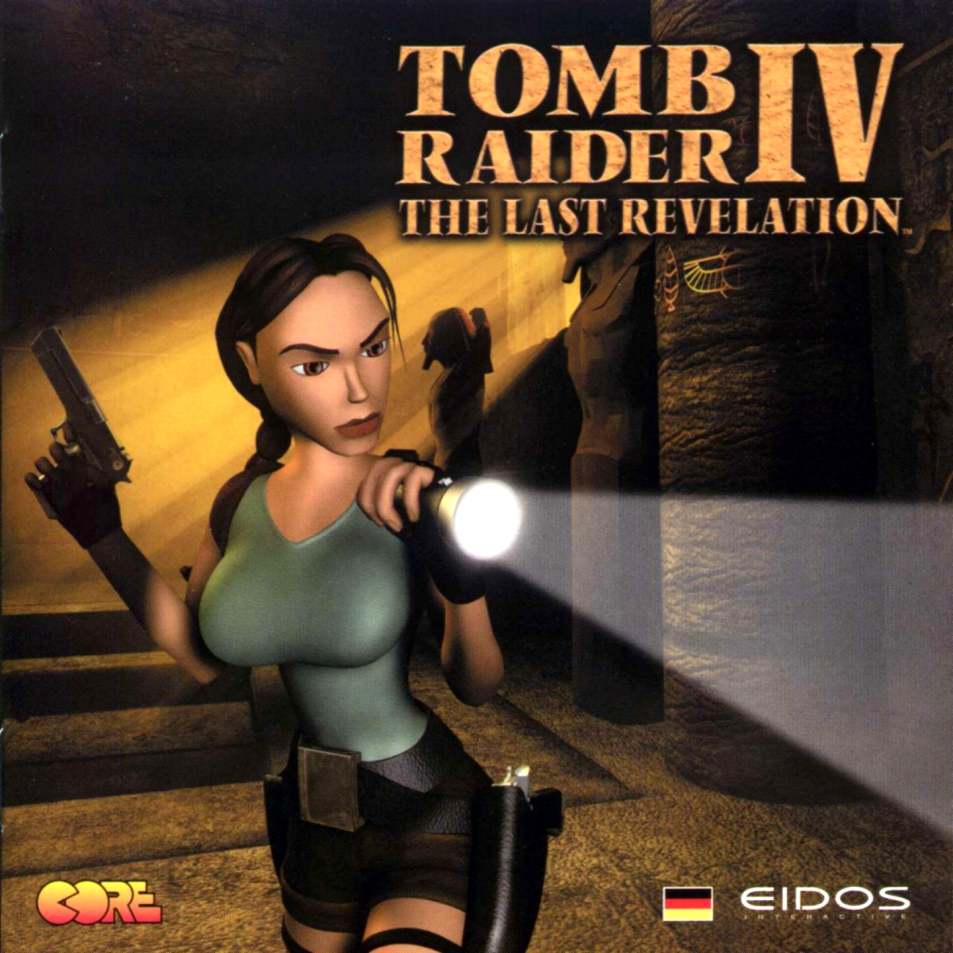
Now, Ancient Egypt seems like the perfect locale for our fearless Tomb Raider, doesn’t it? Core Design thought so too, so in 1999, the developers created The Last Revelation. Trivia: This was intended to be the last Tomb Raider game, but fans were NOT happy with the ending, so the developers created Tomb Raider Chronicles, and the franchise continued.
In The Last Revelation, Lara is on her way to Egypt, and we all know what that means – Ancient Egyptian mythology! She’s looking for the Amulet of Horus in the Tomb of Seth (Set). She finds it but learns that if she removes it, she will release Set from his tomb and that isn’t a good thing. Trust me.
Set is the Ancient Egyptian god of storms, destruction, violence, and general mayhem. Set is the brother of Osiris, Isis, and Nephthys (whom he marries), and becomes the father of Anubis. The fight between Horus and Set seems to stem from actual historical elements with wars between Upper and Lower Egypt, though the myths and historical elements aren’t that simple. I could go on about these myths, but that is a whole other post and isn’t very family friendly. Let’s just say that Horus and Set REALLY don’t like each other.
Horus and Set have a long history of fighting against each other, which is the path Tomb Raider IV takes. Lara learns that Horus worked hard to ensure Set could never be released, and what to do if he did somehow get out. Lara does her thing, but then it looked like the developers killed her off. Thankfully they realized how terrible this would be and continued the story of everyone’s favorite Tomb Raider.
Tomb Raider Chronicles – The Philosopher’s Stone, The Spear of Destiny, Changelings

In Chronicles, Lara is presumed dead. Her inner circle is grieving and reminisces about her, so far, unknown adventures in which she hunts famous artifacts and has run-ins with various mythical creatures.
The first story plays in Rome where Lara is on the hunt for The Philosopher’s Stone. Apart from playing a big role in the first Harry Potter book (even though it’s the “Sorcerer’s Stone” in the US), this legendary substance has long been believed to turn metals into gold or silver and to heal illnesses as well as to prolong the life of the person who consumes parts of it.
(Related: Our Potterweek section.)
The second artifact Lara is after is The Spear of Destiny, which she finds at the bottom of the Ocean. According to the Gospel of John, this is the spear that pierced Jesus on the cross. In fact, many churches worldwide claim to be in possession of this particular spear.
We then arrive in Ireland where Lara encounters Changelings. Changelings are deeply rooted in European lore. Bad fairies steal newborn babies and return changelings instead – evil creatures that are never up to any good. No wonder they are an annoying, however not very hard to defeat, enemy in Chronicles!
Tomb Raider: Angel of Darkness – Obscura Paintings/Engravings, Nephilim
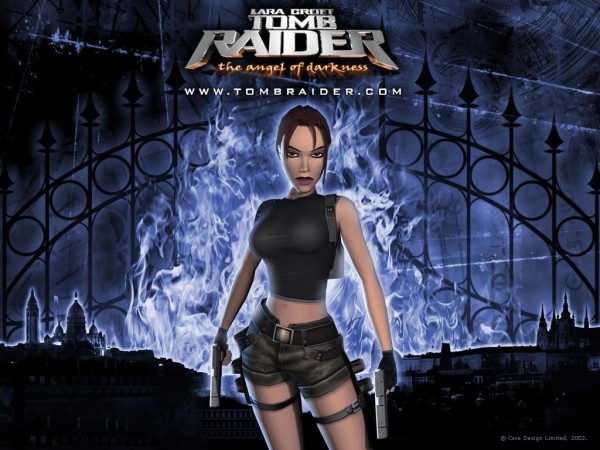
In her quest to find out who killed Werner von Croy, Lara is hunting the 15th century Obscura Paintings/Engravings. “They were thought to be linked to Alchemy and the dark arts. They are images painted on thick wooden bases, like Russian icons.” (wikiraider.com). Together, they hide an artifact called The Sanglyph. There are 5 of these paintings and they were deemed so dangerous that Brother Obscura was ordered by the Lux Veritatis (an offshoot of the Knights Templars) to paint them over.
Unfortunately, this myth was created specifically for the game and is “original” Tomb Raider mythology. Unlike the Nephilim that appear at a later stage. The Nephilim are seen as the offspring of angels, both in Angel of Darkness and in some interpretations of Hebrew Scriptures. This is probably also where the title of the game came from!
Stay Tuned for Part II: The Crystal Dynamics Years Next Week!
Did YOU play any Classic Tomb Raider?

